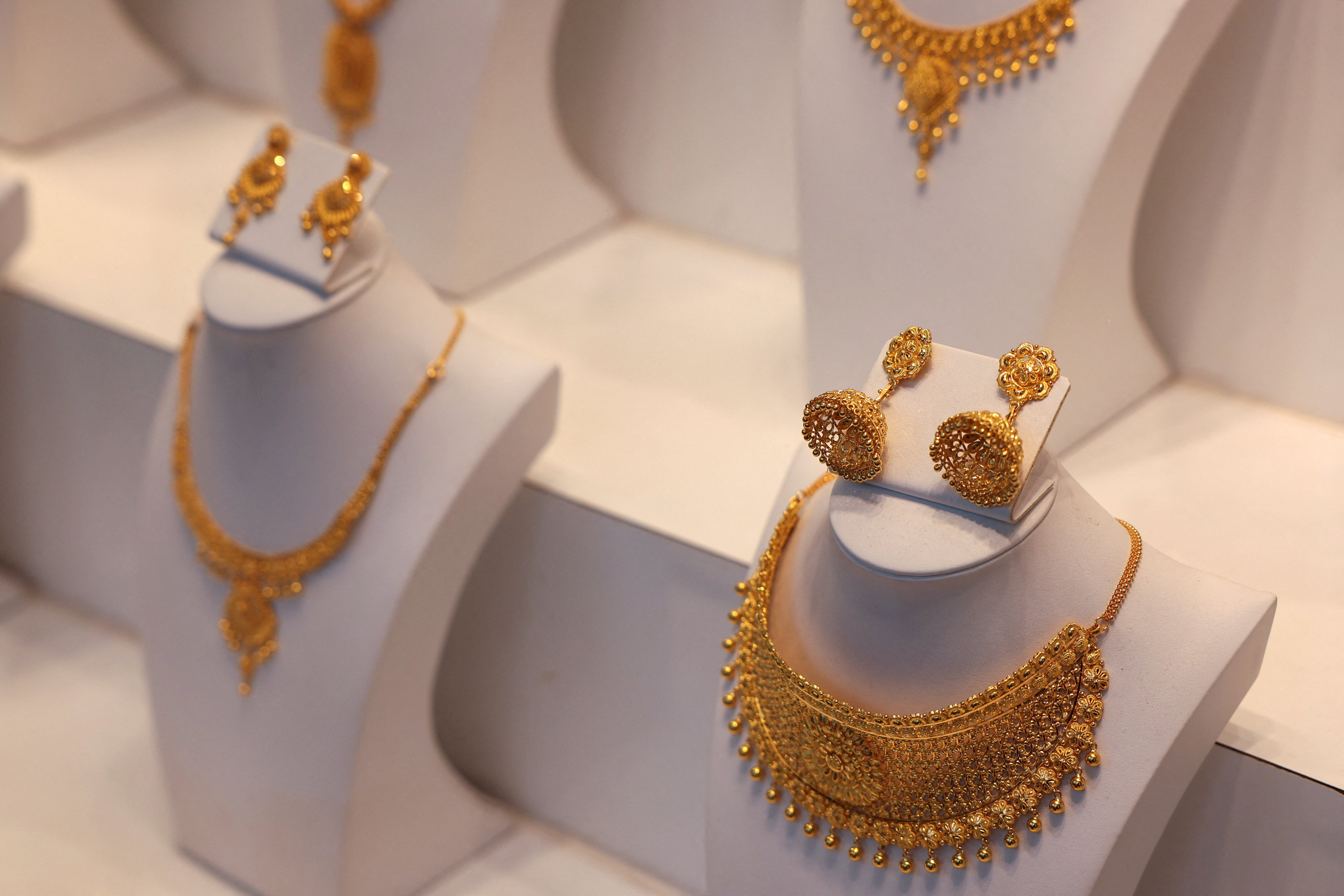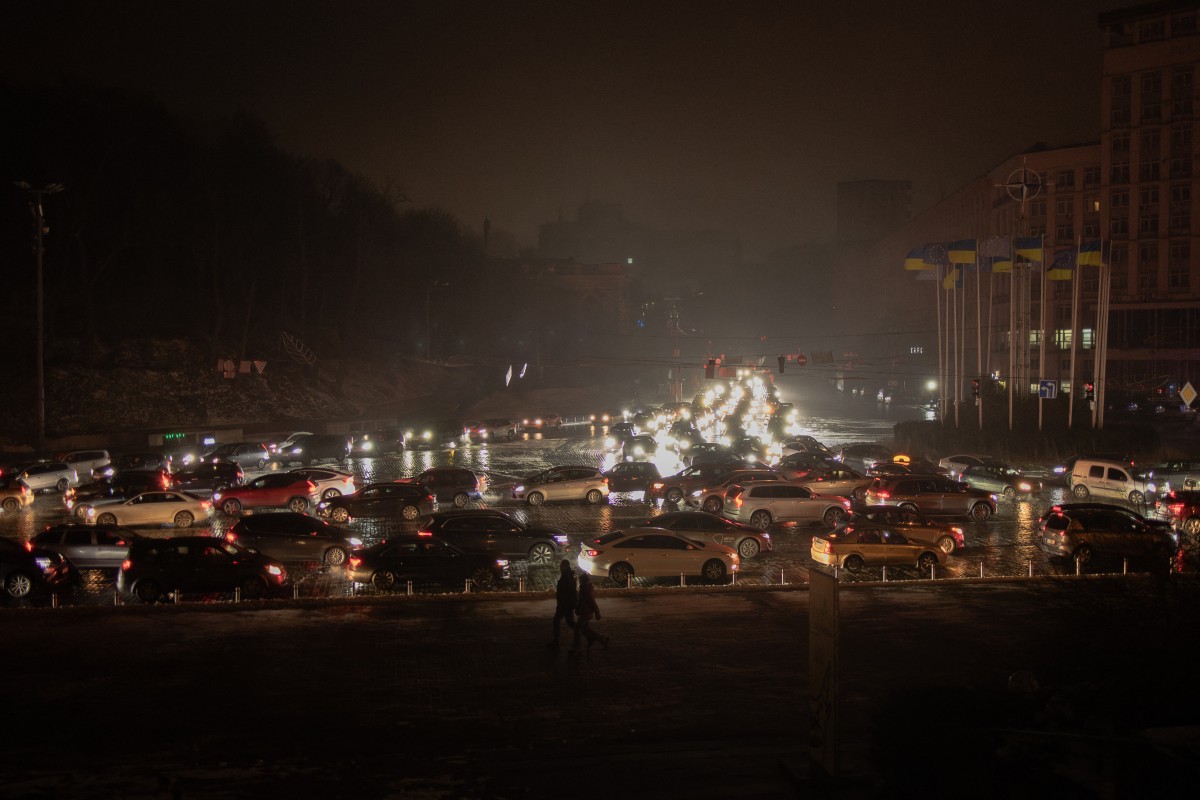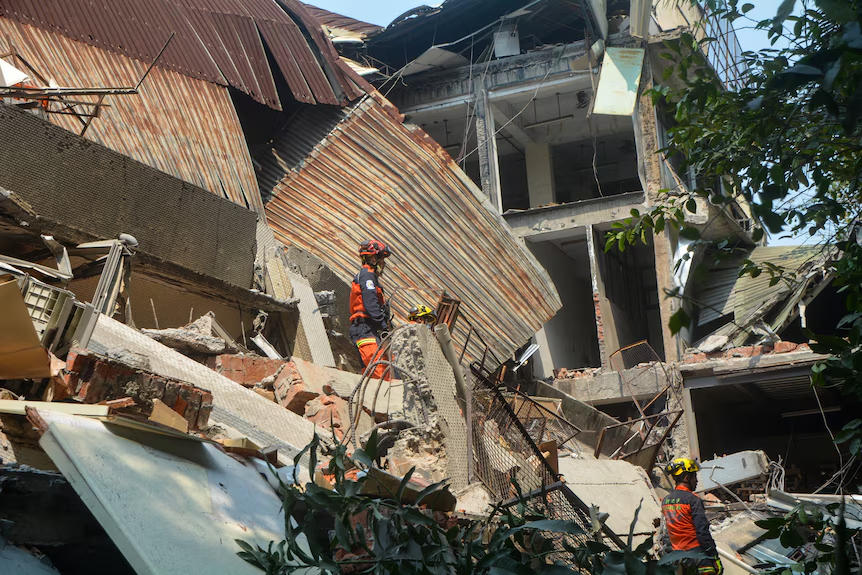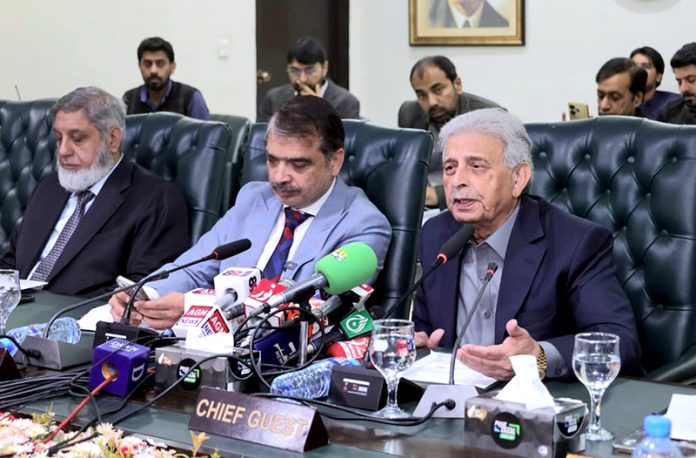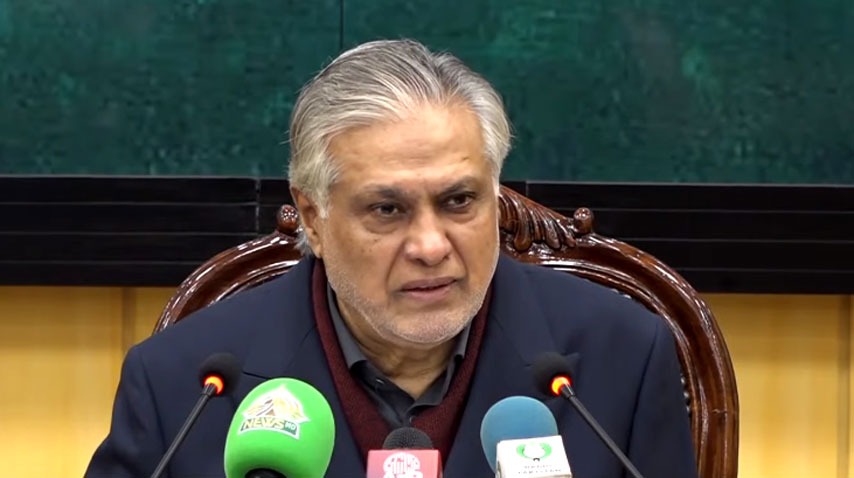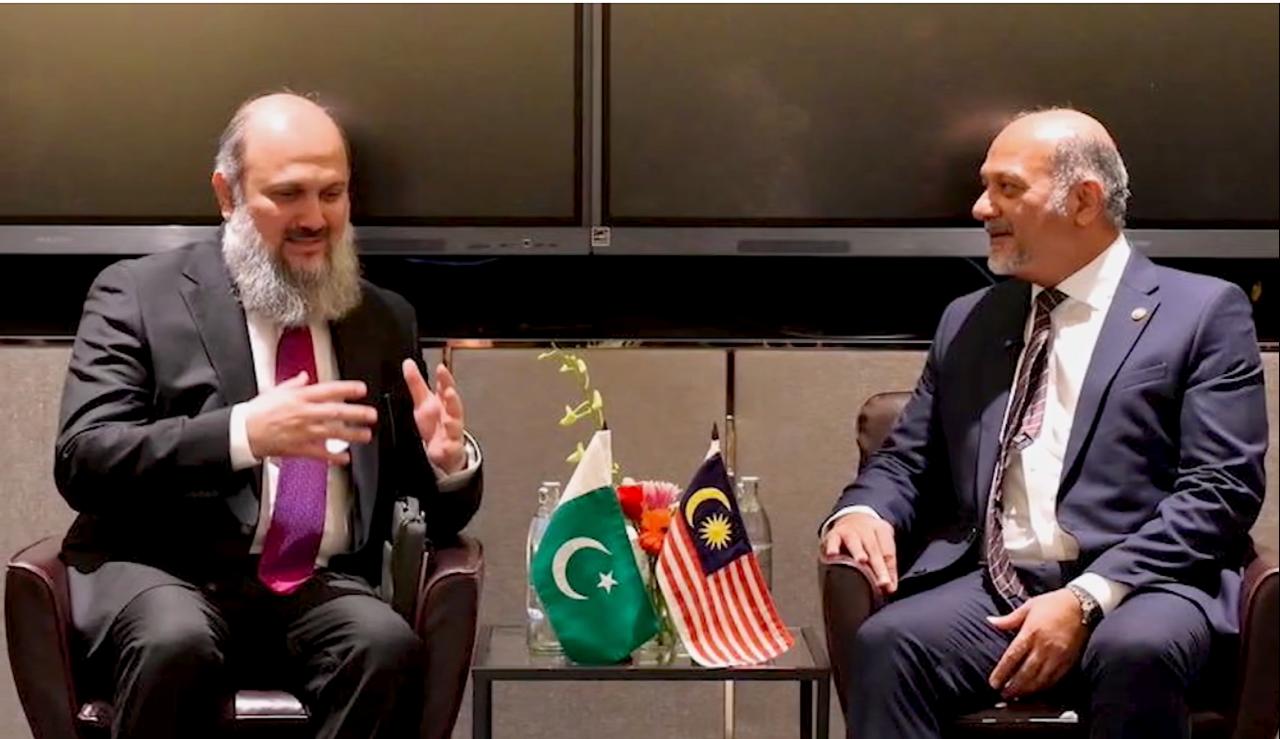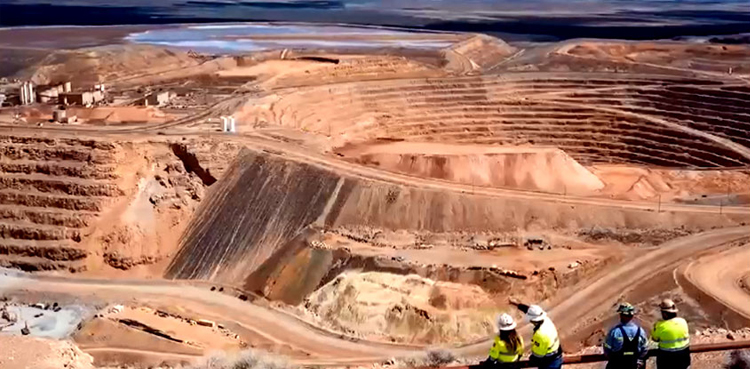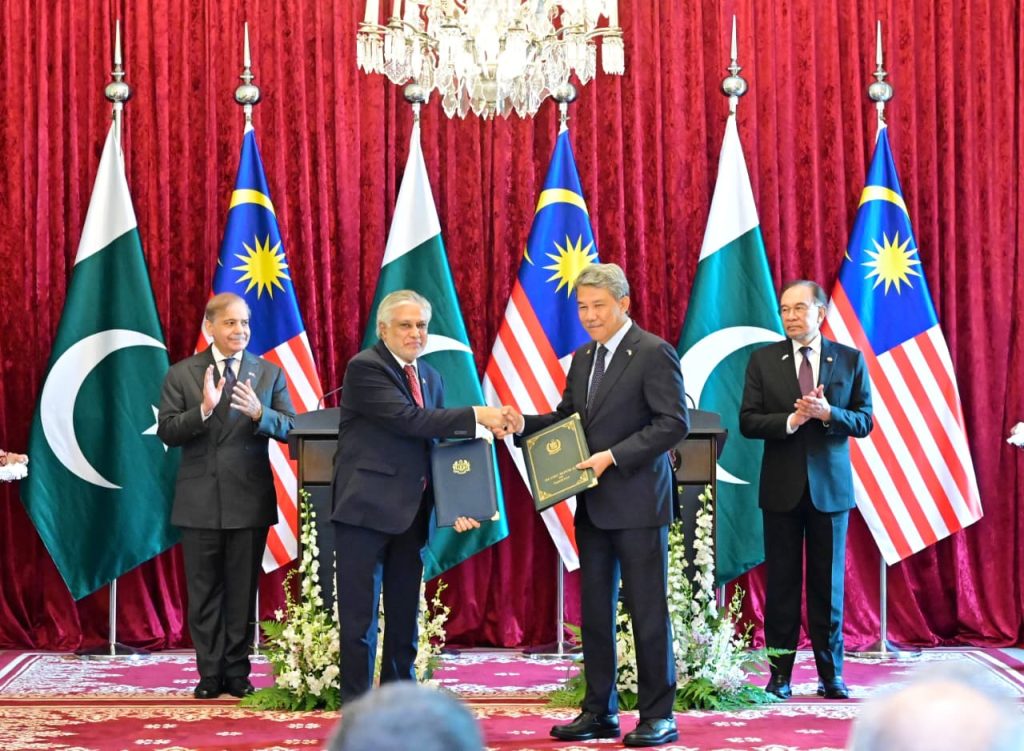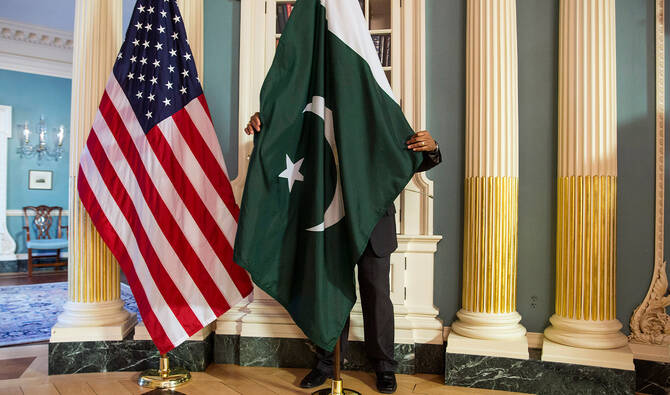ISLAMABAD: Pakistan's market strategists on Wednesday termed the rise of gold unusually intense as the metal soared past the historic threshold of $4,000 per troy ounce.
Once regarded primarily as a safe-haven asset, gold has become an all-weather investment, with price climbing by more than 50% in 2025.
Analysts believe the rally is far from over. Several forces have converged to propel this surge.
The return of US President Donald Trump to the White House at the start of the year brought political uncertainty into the world’s largest economy.
His renewed trade wars in April and public clashes with the Federal Reserve in August rattled markets, encouraging investors toward the security in gold.
Similarly, the political upheaval in Japan, where Sanae Takaichi’s election victory triggered a sell-off in the yen, a prolonged government shutdown in Washington, and a deepening crisis in France following the resignation of Prime Minister Sebastien Lecornu have all added to the sense of global unease.
Unlike previous crises, gold’s rise this year has coincided with record highs in US stock indices such as the S&P 500, suggesting that investors increasingly view the metal as a core holding item rather than merely a hedge against falling equities.
This shift in perception has emboldened leading financial institutions to revise their expectations.
In a research report released on Monday, Goldman Sachs lifted its forecast for December 2026 from $4,300 per ounce to $4,900, citing strong inflows into Western exchange-traded funds and persistent gold purchases by central banks as powerful drivers that could keep prices climbing over the next 12 to 18 months.
Strategists describe the rally as unusually intense.
“The market has entered a ‘feeding frenzy’ phase where central banks, funds, and retail investors are all in, and naturally, few are willing to sell winning positions, which is keeping upside momentum intact,” said Waqas Ghani, head of research at JS Global.
“Gold has already surged 50% in 2025 and is now eyeing US $4,500. Silver is also pushing toward its 2011 highs and could continue surging if the breakout continues, as long-term projections suggest. That said, early signs of profit-taking are emerging in intraday action, hinting at rising volatility ahead. Short-term pullbacks are likely after such steep moves, but the broader uptrend remains firmly in place.”
For Alishba Samual, head of research at Khawaja Securities, the rally has deeper macro-economic roots.
“Persistent inflation across major economies is a primary driver. As the purchasing power of fiat currencies erodes, investors are turning to gold as a hedge,” she said.
“Central banks’ attempts to curb inflation through interest-rate hikes have introduced volatility into equity markets, further increasing gold’s appeal. Geopolitical conflicts, a softer US dollar, and sustained central-bank accumulation of gold reserves are all reinforcing demand.”
While global investors may welcome these gains, in Pakistan, the rally has delivered a socio-economic shock. Local bullion prices have surged to ₨ 425,000 ($1,504) per tola, compared with just ₨ 105,000 ($372) to ₨ 140,000 ($495) only a few years ago.
This escalation, combined with previous years of inflation and overall slowdown in growth, has put gold far beyond the reach of many households.
Jewelers across the country report an 80 to 90% decline in sales, saying that most customers now either recycle old ornaments or switch to cheaper alternatives such as artificial jewelry, for which the sales have risen sharply.
Whether it's Lahore’s famous Liberty market or Anarkali bazaar, the demand for yellow metal has shrunk, and artificial jewelry outlets are booming.
The effects are being felt most acutely in Pakistani weddings, where gold ornaments are an integral part of cultural and social tradition, often seen as a symbol of honor for the bride’s family.
Families like that of Mehrbano Siddiqui and Arfa Karim, preparing for their son’s wedding, find themselves squeezed between social expectation and financial hardship.
Siddique recalls being able to gift each of her two daughters about five tolas of gold in 2021 and 2022, when prices were much lower.
Today, she struggles to afford even half that amount and prays to meet tradition without compromising her family’s dignity.
Karim narrates a similar story.
Some customers now ask jewelers to design one- or two-tola sets to appear larger, a poignant sign of how deep-rooted customs are being reshaped by soaring costs.
For gold merchants, the crisis is just as severe.
Veteran jewelers describe the present downturn as the worst in decades, with many saying their businesses now survive mainly on polishing old pieces or altering stones and pearls for clients who cannot afford new purchases.
Gold’s historic ascent this year illustrates how the same market forces that enrich global investors can destabilize household finances and disrupt traditions in developing economies.
As institutions like Goldman Sachs predict further gains toward $4,900 per ounce by late 2026, Pakistan’s experience serves as a reminder that the glitter of a booming commodity can cast long shadows on those least equipped to bear its cost.
($1 = Rupees 282)
